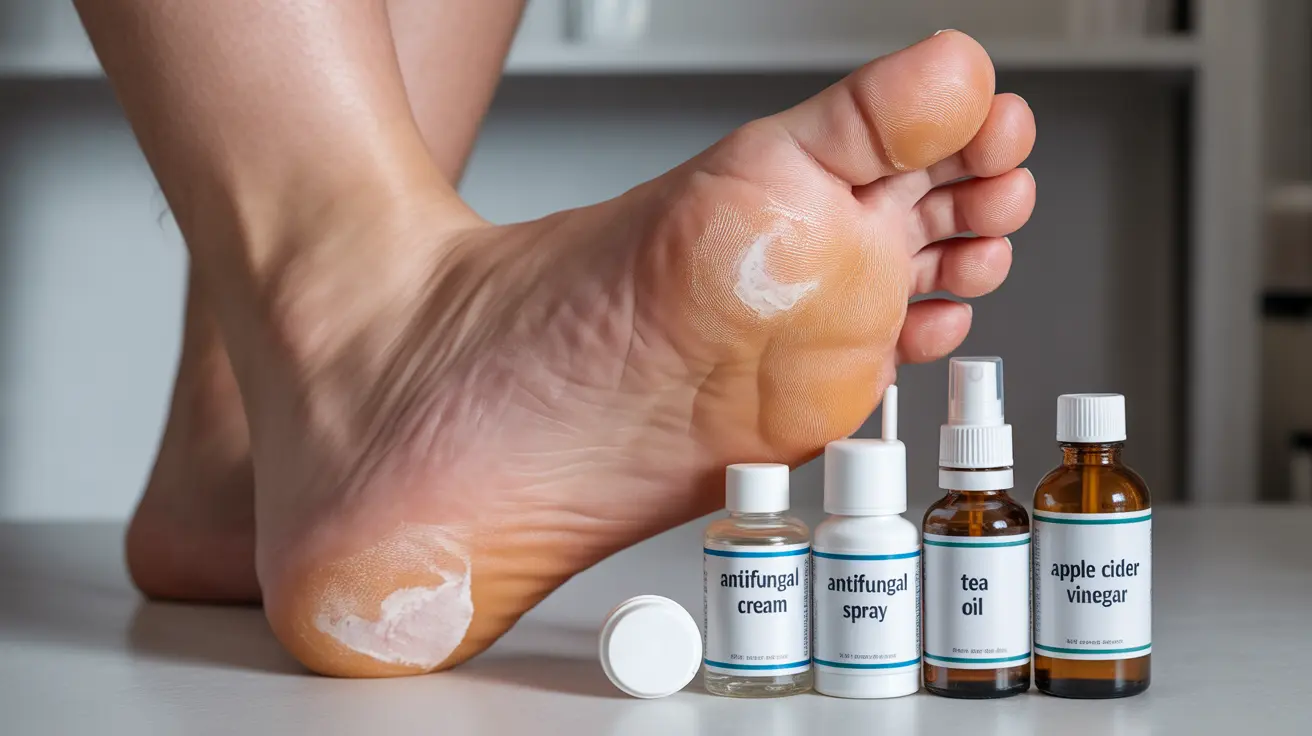Athlete's foot can be an incredibly frustrating fungal infection that causes itching, burning, and discomfort. While many people search for instant solutions, effectively treating athlete's foot requires a combination of proper treatment methods and consistent care. Understanding the most effective treatments and prevention strategies can help you tackle this common condition successfully.
Understanding Athlete's Foot and Treatment Options
Athlete's foot (tinea pedis) is a fungal infection that typically develops between the toes and on the soles of the feet. While there's no truly instant cure, several treatment options can effectively eliminate the infection when used correctly.
Over-the-Counter Antifungal Treatments
The most effective first-line treatments for athlete's foot include over-the-counter antifungal medications containing active ingredients such as:
- Terbinafine (Lamisil)
- Clotrimazole (Lotrimin)
- Miconazole (Micatin)
- Tolnaftate (Tinactin)
These medications come in various forms, including creams, sprays, and powders. For best results, continue treatment for 1-2 weeks after symptoms disappear to ensure the fungus is completely eliminated.
Prescription-Strength Solutions
When over-the-counter treatments aren't effective, prescription medications may be necessary. These can include:
- Oral antifungal medications
- Stronger topical preparations
- Combination treatments
Natural and Home Remedies
While not as fast-acting as pharmaceutical options, several natural remedies can support treatment:
- Tea tree oil (when properly diluted)
- Apple cider vinegar foot soaks
- Hydrogen peroxide solutions
- Salt water baths
It's important to note that while these remedies may help, they should typically be used in conjunction with proven antifungal treatments for best results.
Prevention Strategies
Preventing reinfection is crucial for long-term success. Essential prevention methods include:
- Keeping feet dry, especially between toes
- Wearing breathable shoes and moisture-wicking socks
- Using antifungal powder in shoes
- Never walking barefoot in public shower areas
- Regularly disinfecting shoes and replacing old footwear
Frequently Asked Questions
What antifungal treatments are most effective for killing athlete's foot fungus quickly?
The most effective antifungal treatments contain terbinafine, clotrimazole, or miconazole. These medications work by actively killing the fungus and preventing its growth, typically showing improvement within a few days of consistent use.
Can athlete's foot be eliminated instantly with home remedies like tea tree oil or hydrogen peroxide?
No, athlete's foot cannot be eliminated instantly with home remedies. While natural solutions like tea tree oil and hydrogen peroxide may help manage symptoms, they typically take longer to work than conventional antifungal treatments and may not be as effective on their own.
How long does it typically take for over-the-counter antifungal creams to cure athlete's foot?
Over-the-counter antifungal creams usually begin showing improvement within a few days, but complete treatment typically takes 2-4 weeks. It's important to continue treatment for 1-2 weeks after symptoms resolve to prevent recurrence.
What are the best ways to prevent athlete's foot from recurring after treatment?
The best prevention methods include keeping feet dry, wearing breathable shoes and moisture-wicking socks, using antifungal powder preventively, and avoiding barefoot walking in public areas like pools and gym showers.
When should I see a doctor if athlete's foot does not improve with home or OTC treatments?
Consult a doctor if symptoms don't improve after 2-4 weeks of over-the-counter treatment, if the infection is severe or painful, if you have diabetes, or if you develop signs of a secondary bacterial infection such as warmth, redness, swelling, or fever.




